The Navy’s Anti-Environmental Broadside in the Gulf of Alaska
In May, U.S. warships will sail to the gulf and engage in activities that could poison those once-pristine waters.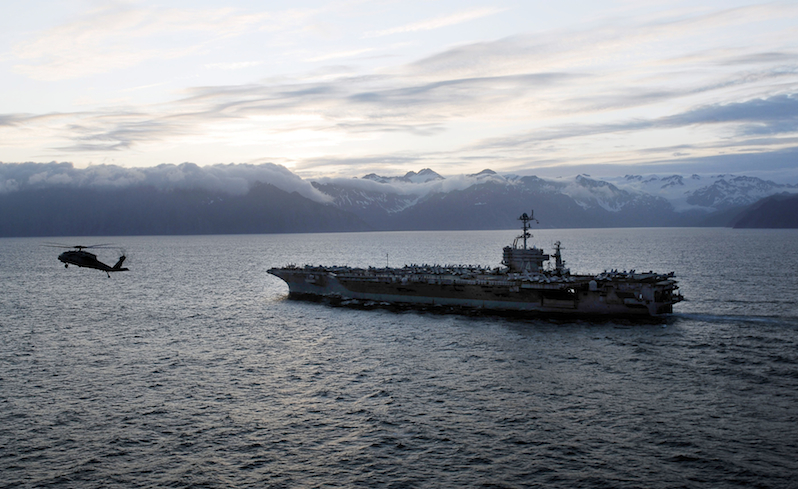 A Navy aircraft carrier and helicopter during the 2009 "Northern Edge" training exercises in the Gulf of Alaska. (Wikimedia Commons)
1
2
A Navy aircraft carrier and helicopter during the 2009 "Northern Edge" training exercises in the Gulf of Alaska. (Wikimedia Commons)
1
2
“From my observation,” Lance says, “I see an undercurrent of frustration within the tribes and the community of fishermen that the Navy is going to do what they are going to do no matter what we say.” He takes a last sip of coffee and concludes, “Everybody is so focused on the short run right now, they’re forgetting about the long run. If we don’t save the ocean as a potential place to farm, we’re not going to be able to feed ourselves in the future.”
Later, I visit with Alexus Kwachka, a Kodiak commercial fisherman for the last 30 years. A bear of a man, he shakes my hand vigorously while welcoming me into his home, which overlooks Kodiak’s massive harbor. When I ask him what he’s fished for, he responds, “If it walks, swims, or crawls, I’ve fished it.”
He wastes no time going after the Navy. “I question their timing. They say they don’t want to train in the winter and instead they plan it for during the largest migratory period of marine life and birds here.” Fishermen on the island, he assures me, are increasingly apprehensive about the Navy’s plans and its impact on their livelihoods, even though “folks here are patriotic and support the military.”
Prior to Northern Edge 15, Kwachka lined his boat up with dozens of others in the harbor in protest. Now, he’s concerned again and feels slighted that the military doesn’t consider his voice worth listening to. He says emphatically, “We’re worried about the fact that they are allowed to bring in a load of boats and blow shit up all over the place.” If they do that, he tells me, the ill effects “start out with the little guys then go up through the whole food web, which is another reason not to do it in the Spring when the forage fish are both reproducing and traveling. It’s just not a good time to be introducing toxins and blowing things up on top of them. The chemical fallout from those explosions goes down through the food web and is eaten or absorbed by the fish.”
“Food Security Is National Security”
That evening, Stolarcyk, Lance, and I head over to the Kodiak Island borough building for their meeting. In a small, cramped basement room, several members of the assembly are around a table, while the rest of us are seated on chairs along the walls.
The two of them give their brief talks with a slide show. As soon as they’re done, Councilman Matt Van Deale indicates that he’ll sponsor the resolution they want, adding, “Food security is national security and we are a fishing town.” A second councilperson responds favorably to the resolution as others nod.
Suddenly, Councilman Kyle Crow speaks up, questioning the threat of toxic wastes. “I know about how hazardous waste is defined and I’ve seen folks declare a block of concrete with a chip of paint on it as hazardous waste.” Stolarcyk promptly projects a slide she’s already shown that displays a chart taken from the Navy’s environmental impact statement indicating that more than five tons of toxic materials could be introduced into the fertile fishing areas of the Gulf each time the Navy conducts a training event.
Crow also questions the dangers of the Navy’s use of sonar, comparing theirs to what he uses on his own fishing boat. Again, Stolarcyk pulls up a slide showing that the Navy’s sonar generates audible blasts up to 235 decibels — humans begin to suffer hearing damage at 85 decibels — that travel for thousands of miles across the ocean. Crow nods in response to the new information, given that it is straight out of the Navy’s own documents.
Councilman Larry LeDoux then requests that the assembly hear the Navy’s side of the story and insists that such war games are necessary, as is the missile testing already happening on Kodiak, because of North Korea’s ability to reach the United States with a missile. (Not that it can yet.)
Despite these bumps, the majority of the assembly appears to favor the resolution.
The next morning Lance shares an email he sent to councilman Van Deale, thanking him for volunteering to sponsor the resolution. “It is hard to understand,” he wrote to Van Deale, “how some people in Kodiak’s local government (and outside) distrust others who work to protect the sustainability of the very resources that have built the same Kodiak Archipelago economy and heritage!”
Two weeks later, Kodiak became the 10th Alaskan community to pass a resolution opposing the timing and location of the Navy’s exercises.
A day after that, in a letter to the commanders of the Navy’s Pacific Fleet and U.S. Pacific Command, Senator Murkowski, who is also the chair of the Senate Committee on Energy and Natural Resources, requested that the Navy “give serious thought” to changing the timing of the 2019 war games and moving their location due to impacts on marine life. “I expect to address these issues with senior leaders when the Navy appears before the Defense Appropriations Subcommittee next month,” she wrote.
“We Just Don’t Know How Bad It’s Going to Be”
Cordova is the image of what coastal Alaska once was. There are no cruise ships and the fishing industry still dominates the town, although some of its fisheries were wiped out in 1989 when the tanker Exxon Valdez spilled at least 11 million gallons of crude oil and they have never recovered.
Two years ago, I met James Wiese here. He is an engineer on an Alaska Department of Fish and Game research vessel. A third generation Cordova mariner, he’s also a local city councilman. At that time, he was already expressing his fears that someday his children might not be able to eat the food that comes out of these waters. He returned to the subject recently, telling me, “Anyone trying to consume seafood here knows how fragile everything is and is very concerned about what is going to happen to it because it’s part of their everyday life.” He adds that, within his department, the bulk of his colleagues support the resolutions calling on the Navy to alter its plans.
Cordova, he assures me, is “very much in opposition to the training” and still can’t believe the Navy is unable to find a time for their exercises when the salmon and the rest of the sea life in the Gulf aren’t at their height. “It’s a food web and if salmon get tested and show contaminants from the Navy, everything is at stake. There are safer places for these Navy drills to happen. They need to be conscientious about what they are affecting.”
Clay Koplin is Cordova’s mayor. “It’s pretty simple,” he tells me. “The Navy has the whole span of the year to practice and they picked the absolute worst time to do their exercise. We asked for a conversation in hope of changing the timing,” he adds, turning his hands over in a gesture of puzzlement. “That’s how a conversation works. We hoped to find some middle ground, but thus far there’s been nothing to indicate they are willing to find that middle ground.”
That same day, I meet Kelly Weaverling, the first Green Party mayor ever elected in this country. He took office in Cordova in 1990, right after the Exxon Valdez oil spill. A former naval navigator in nuclear fast-attack submarines, he is now a Zen Buddhist monk as well as a fisherman.
Sporting a shaved head and dressed in a black Zen robe, grey turtleneck, and sandals with wool socks, Weaverling strides in quietly, yet purposefully, having come straight from leading a three-hour meditation for the community. “What the Navy is doing, we know it is going to be bad,” he begins calmly. “We just don’t know how bad it’s going to be. It’s pretty easy to figure out. Anybody can do that.”
I ask him to explain and he responds, as though instructing me before one of his meditation sessions, “Is something positive, negative, or neutral is the question. Anything you do is going to have an effect, even if it’s a non-action… So the question is, what effect is it going to have? The Navy’s action will not have a positive effect on the ocean or any of its creatures. It’s going to be a negative effect, we just don’t know how bad.”
“In Your Backyard?”
In the end, I even received a response from Captain Schmidt of the Alaska Command, who agreed to answer some of my questions by email. I asked her what measures the Navy had taken in the wake of NE 15 to mitigate impacts on marine life. She responded by claiming flatly and without qualification that the new exercises would have “no significant impacts to marine life,” and that the Navy had already gone through “an extensive and comprehensive permit process” with the National Marine Fisheries Service (as they are, in fact, required to do by law).
Why then, I wondered, do its commanders refuse to allow independent wildlife observers aboard their vessels during the training exercises?
To do so, she insisted “would result in unacceptable impacts to readiness,” an odd response given that the only “impact” would assumedly be the use of binoculars.
As Northern Edge 2017 approaches, one thing is clear enough. Despite growing opposition in Alaska, the Navy continues to do just what it wants in the state’s once-pristine, biologically rich Gulf waters. Who knows how long it will be before parts of its vast marine web begin to test positive for the Navy’s toxins?
As a journalist, I’ve spent time in Iraq and seen the devastation the U.S. military can visit on a society firsthand. But I must admit that I never expected to see it in Alaska, whose tallest mountains I spent a decade of my life climbing — where, thanks to Denali (the highest peak in North America), I fell madly in love with this planet. As someone who now regularly reports on climate disruption, I wonder daily how many more decades whole areas of the biosphere will even remain habitable. At a purely personal level, that makes the Navy’s ongoing war against Alaska’s waters and the wildlife in them unconscionable to me. And in the age of Trump, it’s unlikely the Navy high command will spend much time worrying about the environmental damage its war games are likely to cause.
For most Americans, Alaska is, of course, a distant, almost mythic place. But don’t be fooled. In Alaska, there’s a broader lesson to be learned from these war games. Christina Hendrickson makes the point in a way that speaks vividly to my own life experience. “If the Navy is able to come up to this pristine, biologically, ecologically and economically important area and train for war across three training cycles spanning six years and not engage local communities,” she says, “and if we’re allowing this to happen in areas where subsistence is carried out by people who have relied on it for millennia, why couldn’t this happen in your backyard?”
Dahr Jamail, a TomDispatch regular, is a recipient of numerous honors, including the Martha Gellhorn Award for Journalism and the James Aronson Award for Social Justice Journalism for his work in Iraq. He is the author of two books: Beyond the Green Zone and The Will to Resist. His next book will be The End of Ice (the New Press). He is a staff reporter for Truthout. This is a joint TomDispatch/Truthout report.
Follow TomDispatch on Twitter and join us on Facebook. Check out the newest Dispatch Book, John Feffer’s dystopian novel Splinterlands, as well as Nick Turse’s Next Time They’ll Come to Count the Dead, and Tom Engelhardt’s latest book, Shadow Government: Surveillance, Secret Wars, and a Global Security State in a Single-Superpower World.
Copyright 2017 Dahr Jamail
Your support matters…
SUPPORT TRUTHDIG
Independent journalism is under threat and overshadowed by heavily funded mainstream media.
You can help level the playing field. Become a member.
Your tax-deductible contribution keeps us digging beneath the headlines to give you thought-provoking, investigative reporting and analysis that unearths what's really happening- without compromise.
Give today to support our courageous, independent journalists.
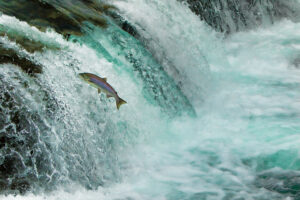
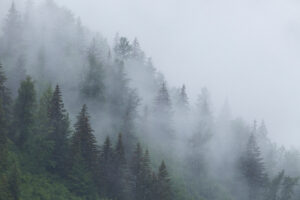
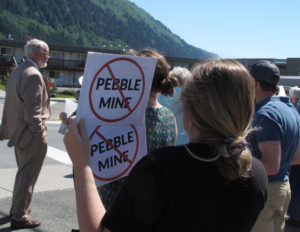

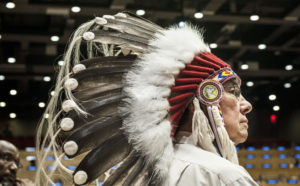

You need to be a supporter to comment.
There are currently no responses to this article.
Be the first to respond.